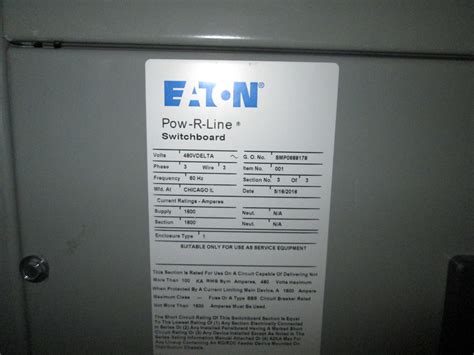Understanding the Cryptocurrency Market: A Guide to Crypto Data, Trendlines, Proof of Work (PoW), and Price Action
The world of cryptocurrencies has grown exponentially in recent years, with new coins being launched daily. However, navigating the market can be overwhelming for even the most experienced traders. In this article, we’ll delve into the basic concepts that will help you make informed decisions about investing in cryptocurrencies.
What is cryptocurrency?
Cryptocurrencies are digital or virtual currencies that use encryption for security and are decentralized, meaning they are not controlled by any government or financial institution. The most well-known cryptocurrency is Bitcoin (BTC), but others like Ethereum (ETH), Litecoin (LTC), and Monero (XMR) have also become popular.
Trendlines: A Powerful Tool in the Cryptocurrency Market

Trendlines are a fundamental concept in technical analysis that is used to predict future price movements. In the cryptocurrency market, trendlines play a crucial role in identifying potential buy and sell signals.
A trendline is a line that connects two points on a price chart, indicating the direction of the current trend. There are several types of trendlines, including:
- Simple Moving Average (SMA): A moving average over a given period (e.g., a 50-period SMA) that is used to identify overbought and oversold conditions.
- Exponential Moving Average (EMA): An EMA that adjusts the weight of past prices based on their magnitude.
- Moving Average Convergence Divergence (MACD): A combination of two trendlines that helps identify buy and sell signals.
When using trendlines in cryptocurrency trading, it is important to consider the following:
- Identify the trendline and its strength
- Look for buy or sell signals based on trendline crossovers
- Consider support and resistance levels around the trendline
Proof of Work (PoW): The Power Behind Cryptocurrency
Cryptocurrencies like Bitcoin use a process called Proof of Work (PoW) to secure transactions and verify the creation of new units. PoW involves solving complex mathematical puzzles that require significant computing power.
Here’s how it works:
- Miners compete to solve these puzzles in an attempt to validate transactions.
- The first miner to solve the puzzle adds a new block to the blockchain and receives newly minted coins (rewards).
- As more miners join the network, the difficulty level increases, making it harder for solo miners to solve the puzzles.
PoW has several advantages:
- Security: PoW makes transactions secure by requiring significant computational power.
- Incentives mining: The reward system encourages miners to participate in the network and validate transactions.
However, PoW also has disadvantages:
- Energy consumption: PoW requires significant energy consumption, which contributes to greenhouse gas emissions.
- Centralization risk
: Mining pools can concentrate ownership, making it more vulnerable to centralization.
Price Action: The Emotional Side of Cryptocurrency Trading
Price action is a crucial aspect of cryptocurrency trading, which involves analyzing price movements to predict future trends and identify potential buy and sell signals. It’s not just about technical indicators; it’s also about emotional decisions.
Here are some key aspects of price action:
- Chart Patterns: Identify chart patterns such as head and shoulders, triangles, or wedges.
- Support and Resistance Levels: Identify areas where prices tend to bounce back (support) or pull back (resistance).
- Indicators: Use various indicators such as RSI, MACD, or Bollinger Bands to analyze price action.
When trading based on price action:
- Look for potential buy signals when prices make new lows.

Leave Your Comment